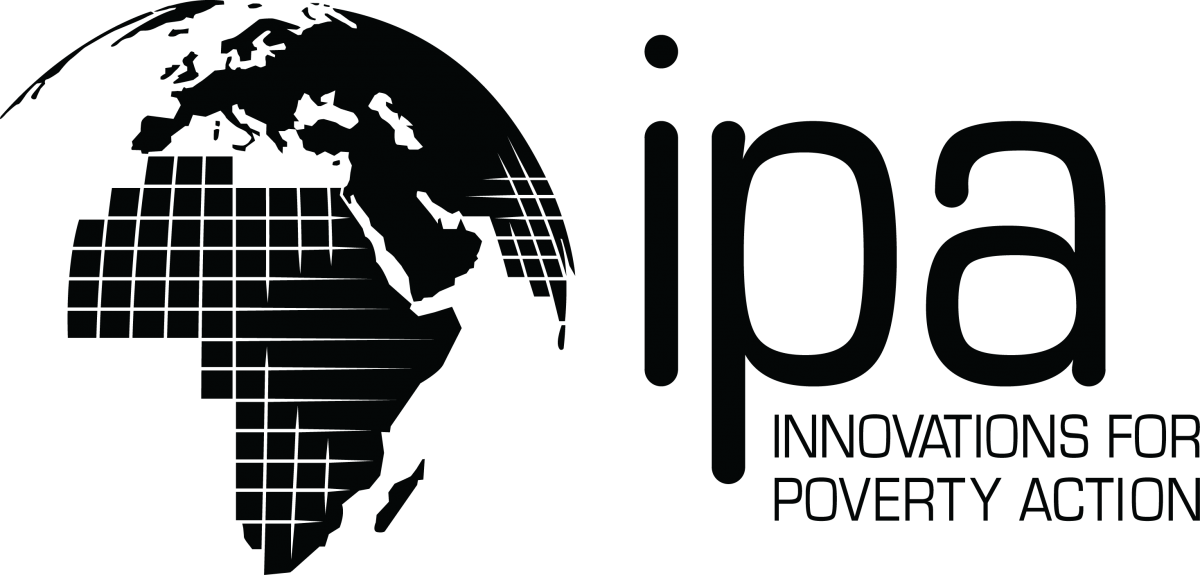
PPI Standards of Use - What Are They Good For? >
I think we can all agree that measuring the key metrics of our efforts helps us better accomplish our objectives. Well, what about assessing how well we are measuring those metrics?
I had the pleasure of discussing the release of a new set of PPI™ Standards of Use during the annual Social Performance Task Force meeting in Bern, Switzerland last month. To a certain degree, that was preaching to the choir. We had a tough time slot (after the last plenary of the day, at the same time as a cocktail party!), yet our meeting was very well attended by PPI users and supporters from all over the world. We had a great discussion, with lots of views heard. I’ve since heard overall very positive response to the establishment of PPI Standards. One PPI “super user” has already started planning to use the certification of its use of standards to help make decisions about how to support PPI users improve their integration of standards.
While the feedback was positive, the group had some question about the standards, and, even more so, about the certification process. Why hadn’t we told them before about the standards? What if organizations using the PPI were not ready to be certified? With the official PPI Standards of Use press release going out today, I thought I’d address some of those concerns here and provide the space for a discussion. Please post any thoughts in the comments, and I’ll do my best to respond as appropriate.
One of the first issues seemed to me a natural confusion between the standards and the certification process. If, instead of the PPI, we think about learning French (which I’ve been trying to do ineffectually for the last two years…) the standard might be the ability to have a simple conversation at the market whereas the certification would be a test of those skills. We are thinking of these two things as obviously connected but still separate.
The standards are, well, just that - standards. We expect that PPI users as well as investors and donors who support PPI users will begin to think of the standards as minimum-use requirements. We’ll all be able to use the standards when training and planning PPI implementation plans. They’ll help new and experienced PPI users alike to identify areas for improvement. The standards are therefore a stand-alone resource. Of course, a related phase is to have some outside certification of the quality of PPI implementations. With the standards released, we are now in the process of piloting that certification process. After that pilot is completed, we’ll have better information about how much time is involved, any likely complications and other logistical concerns. Then we’ll open up the process to PPI users who want to volunteer to be certified. The certification will not be mandated. Or, I should say, it won’t be mandated by GF. I would guess that over time, as more and more PPI users are certified, there will be greater pressure to be certified. I think that is a positive long-term trend since it solidifies the value of PPI data for both management decision-making as well as for external reporting.
Look out for updates on the certification process and an opportunity for interested PPI users to sign up for certification. That’s coming later this fall. We’ve enjoyed a significant amount of constructive feedback from our partners at all stages of PPI implementation. I hope you’ll continue to provide that feedback either directly or through this blog.
I’m really optimistic about this process as it should help at all stages of PPI implementation.
To read the press release in English, French, and Spanish: http://bit.ly/PPI-standards
Jeff Toohig is the Deputy Director of the Grameen Foundation Social Performance Management Center. He is based in Washington, DC.


